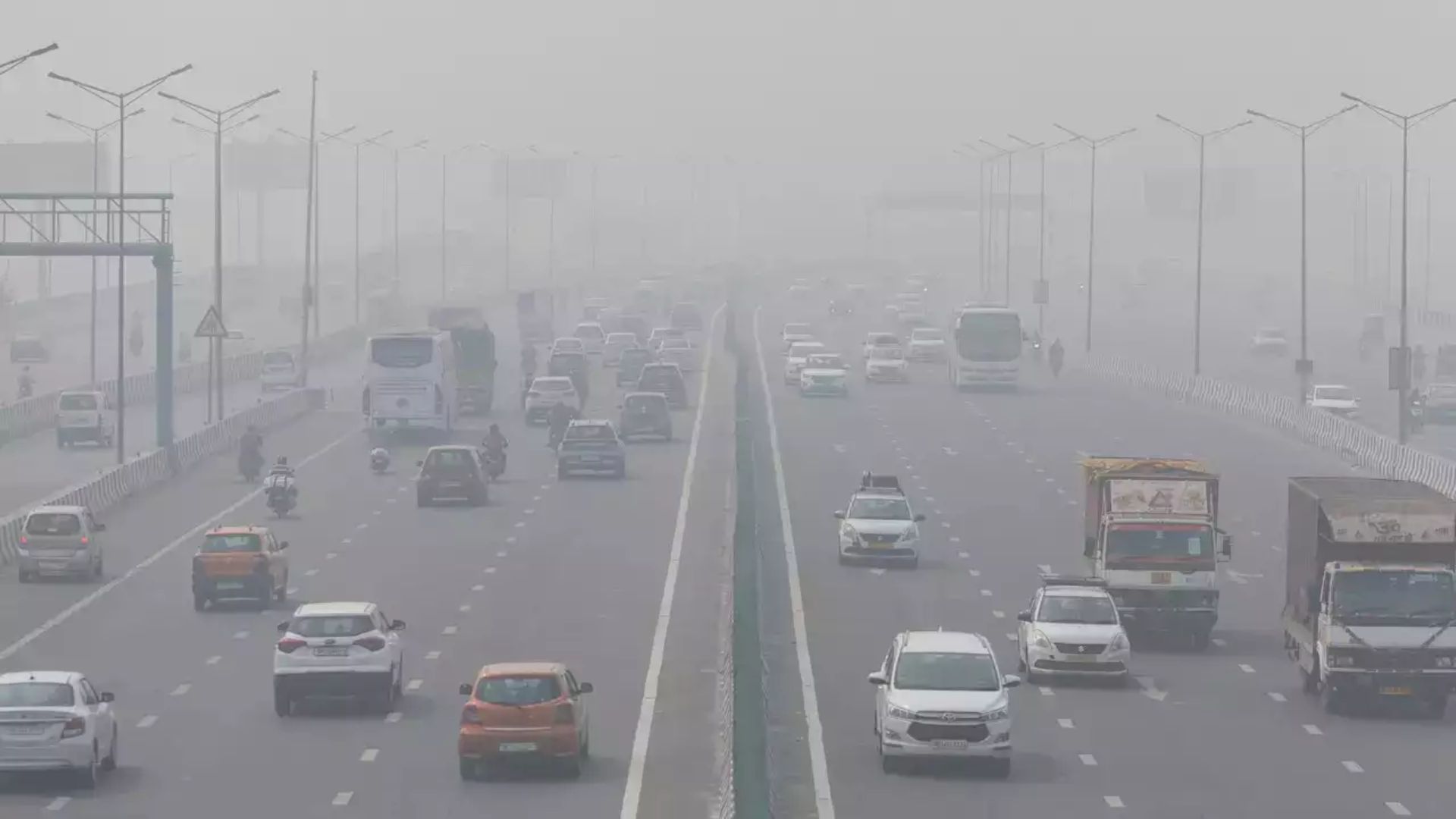As the national capital grapples with a relentless toxic haze, the Central Pollution Control Board (CPCB) has reported that the air quality index (AQI) remains firmly in the ‘severe’ category. The latest data from CPCB reveals alarming AQI figures: 452 in Anand Vihar, and 433, 460, 382, and 413 in RK Puram, Punjabi Bagh, Sri Aurobindo Marg, and Shadipur, all classified as ‘severe.’
The dire situation has left residents and commuters in the city struggling with breathing problems, leading them to call on government authorities to take immediate measures to combat the escalating air pollution. One concerned commuter voiced their distress, saying, “This toxic air is giving us breathing problems. The government should urgently implement measures to provide relief.”
Another resident, Gulab Singh Shukla, emphasized the growing public health hazard, urging prompt action from the government. Cyclist Jatin added, “The air pollution is getting worse, and people are literally struggling to breathe. The AQI is deteriorating daily. The government and relevant agencies must address our concerns and announce additional pollution control measures.”
Satish Mishra expressed frustration at the blame game among northern state governments, stating, “If not controlled now, this could have a more severe impact on public health than Covid. Masks are back on the faces of residents here as the air quality continues to worsen.”
The Supreme Court also raised concerns about the hazardous air quality and directed farmers to cease stubble burning in Punjab, Haryana, and western Uttar Pradesh, recognizing it as a major contributor to air pollution. The court appointed the local State House Officer, under the oversight of the Chief Secretary and the Director General of Police, to enforce this directive.
Additionally, the court noted the malfunctioning of previously installed smog towers and ordered the government to ensure their repair. It urged the Chief Secretaries of the states to convene a meeting on the pollution issue, either in person or via Zoom, to devise a comprehensive plan.
The court’s observations included skepticism about measures like odd-even schemes for vehicles, deeming them insufficient to address the pollution problem.
Several factors contribute to high air pollution levels during winter, including dust, vehicular emissions, dry-cold weather, stubble burning, and crop residue burning after the harvest season. Cold air, being denser and slower-moving than warm air, traps pollution for longer durations.
For the health of the general population, a recommended AQI is less than 50, but current readings have exceeded 400, posing grave risks to individuals with lung-related ailments and increasing the risk of lung cancer.
In contrast, neighboring Uttar Pradesh’s Prayagraj district reported a ‘poor’ AQI on Wednesday, offering a glimmer of respite from the smog-choked air.

















